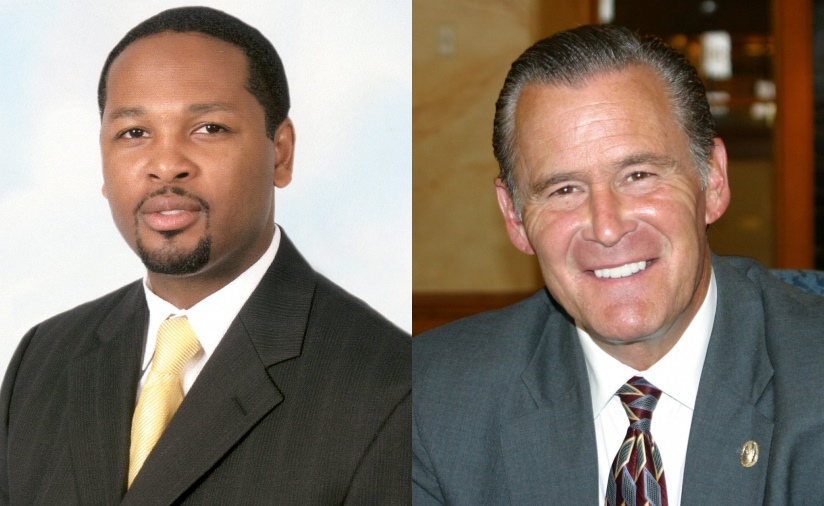School Would Cost $40,000 Per Kid Per Year
Proposed boarding school is part of Common Council’s “Public Safety Action Plan.”
It costs $40,000 per student per year to support the kind of urban boarding school the Common Council’s “Public Safety Action Plan” cites to show the potential of such a facility in Milwaukee County, according to the Harvard study cited in the plan. But the SEED schools analyzed in the Harvard study and the urban boarding school envisioned by the Milwaukee action plan’s anonymous authors would be vastly different in almost every important respect. SEED schools select students through a lottery because there are just too many applications from families and children who want to attend; the Milwaukee school, in contrast, would in essence serve as a correctional facility, complete with boot camp, that judges would order delinquents to attend.
The action plan does not name the Harvard study, but it clearly is “The Potential of Urban Boarding Schools for the Poor: Evidence from SEED,” by Vilsa E. Curto, of Stanford University, and Roland G. Fryer, Jr., a Harvard economist.
“Unfortunately, however, calculating the non-test score benefits of attending SEED is difficult and, at this stage in the life-cycle of their oldest cohorts, premature,” they say. “Whether or not the total benefits of attending SEED outweigh the costs can be known with the passage of time.”
To enroll in a SEED school, students must be entering sixth grade; presumably, that would not be the case in Milwaukee — older students ordered to attend the school would not get the benefits of some of the foundational educational experiences SEED schools provide. SEED schools also can “counsel out” or expel students — where would the Milwaukee boarding school send students who don’t measure up? The council’s action plan says the county should build and operate the school. Here is the council’s verbiage, per the action plan, under the recommendation, “Establish a local boarding school with boot camp-style and ‘rite of passage’ programs for at-risk youths.”
A local boarding school would provide an intermediate level of “staff-secure” detention between facilities like the unlocked St. Charles shelter and locked detention at Lincoln Hills. Integrated boot camp-style programs could be incorporated to help youths learn discipline. Likewise, “rites of passage” programs, such as those provided through Milwaukee’s Be The Change initiative, would help youths transition to adulthood and attain the self-knowledge needed to achieve cultural, social and academic success.
Delinquent and non-delinquent populations apparently would mix at the Milwaukee school.
A public boarding school would also serve, when appropriate, to remove youths from chaotic homes and negative social influences to a secure, stable environment where they could catch up on their education. According to former Secretary of Education Arne Duncan, public boarding schools may be of benefit when “we have some children where there’s not a mom, there’s not a dad, there’s not a grandma, there’s just nobody at home. There’s just certain kids we should have 24/7 to really create a safe environment and give them a chance to be successful.” Urban public boarding schools have demonstrated success, according to a 2012 study by a Harvard economist – children admitted to a public boarding school in Washington had significantly higher math and reading scores, and enrollment in the school was effective at increasing achievement among poor minority students, to the extent that attendance at the boarding school had the power to eliminate the local racial achievement gap in four years.
There are a host of unanswered questions — who pays for the school? Will it, like the SEED schools, have both middle and high school components? Will students at the Milwaukee school have to start with the middle school component, or will they enroll in the high school, even if they are not academically ready? If they enroll later, how will that affect other students? Do school supporters anticipate that Milwaukee boarding school students, like SEED school students, will be “significantly less likely” to be special education students than at a regular public school? Will students be expected to stay in the school until graduation? If so, how will additional students be accommodated? Will additional $40,000-per-student-per-year schools be needed as the first school reaches enrollment capacity? Will non-delinquent students — those from homes without parents — be subject to the same boot camp curriculum as offenders might face?
The Common Council’s Public Safety Action Plan should address these questions. It doesn’t. Common Council President Ashanti Hamilton has promised two listening session on the plan. Perhaps he, plan champion Ald. Robert Donovan, and whoever else was involved in developing this plan will provide some answers.
Gretchen Schuldt writes a blog for Wisconsin Justice Initiative, whose mission is “To improve the quality of justice in Wisconsin by educating the public about legal issues and encouraging civic engagement in and debate about the judicial system and its operation.”
Political Contributions Tracker
Displaying political contributions between people mentioned in this story. Learn more.




















They won’t have answers. When non-educators put ideas like a boarding school in a public safety plan, it’s because they only see such a school as a leper colony – a place where you just round up all the “rotten kids” and lock them up where society doesn’t have to deal with them anymore.